Navigating Financial Leadership: Essential Aspects and KPIs for a CFO
Navigating Financial Leadership: Essential Aspects and KPIs for a CFO
Important Aspects of the Finance Director/CFO Role
The role of a Finance Director or Chief Financial Officer (CFO) is both strategic and instrumental in steering the financial success of an organization. Here, we
explore crucial aspects that define the CFO's responsibilities and delve into the necessity of Key Performance Indicators (KPIs) tailored to measure their effectiveness.
1. Financial Stewardship and Investor Confidence:
- Objective: Safeguarding shareholder equity and ensuring positive returns for lenders.
- Implementation of KPIs to monitor the safety and growth of shareholder equity.
- Ensuring positive returns for lenders through strategic financial management.
2. ROI Investigation and Business Optimization:
- Objective: Proactively investigating areas of the business with suboptimal Return on Investment (ROI).
- Developing KPIs to identify and address business areas with unsatisfactory ROI.
- Establishing processes to optimize business performance based on KPI insights.
3. Gross Profit and Internal Service Levels:
- Objective: Measuring and optimizing gross profit while maintaining high internal service levels.
- Implementation of KPIs to monitor and enhance gross profit margins.
- Ensuring internal service levels meet or exceed organizational standards.
4. Project and Program Management:
- Objective: Ensuring projects and programs are executed on time, within scope, and within budget.
- Development of KPIs to track the timeliness and efficiency of projects and programs.
- Monitoring adherence to budget and scope to enhance overall project success.
5. Planning and Forecast Accuracy:
- Objective: Planning strategically and achieving forecast accuracy in controlled areas.
- Establishing KPIs to measure the accuracy of financial planning within the CFO's purview.
- Monitoring and adapting plans based on forecast accuracy to enhance financial control.
In summary, the Finance Director/CFO role goes beyond conventional financial management. It involves safeguarding investments, optimizing business performance, and ensuring the success of strategic initiatives. Tailoring KPIs to these specific aspects not only measures the CFO's performance but also guides the organization towards financial excellence.
Here are some suggested Key Performance Indicators
- $ Operating Profit Value
- % Gross Profit Growth
- % Return on Equity
- % Operating Profit Margin
- % Variance to Budgeted Overheads
- % Gross Profit
- % SG&A to Revenue
- % Profit Contribution per Unit of Service
- % Working Capital to Sales
- % Days Cash Positive
- % Debtors over Terms
- # Cash to Cash Cycle Time
- # Days to complete Month End
- # Debtors D+D11+D39:D1868
- % Internal Survey Score (Quality Questions) (Finance Director Processes)
- % Internal Survey Score (Delivery Questions) (Finance Director Processes)
- % Overhead Forecast Accuracy - 6 mth
- % Overhead Forecast Accuracy - 3 mth
- % Personal Development Plans Completed
- % Planning deadlines achieved (Finance Director Dept.)
- % Employee Satisfaction Score (Finance Director Staff)
- % Key-Staff Retention (Finance Director Staff)
- % Staff Turnover (Finance Director Dept.)
- % Staff Turnover of Top Performing Staff (Finance Director Staff)
- % Voluntary terminations (Finance Director Staff)
- % Skills Gap (Finance Director Dept.)
- % Reportees KPIs Achieved (Finance Director Staff)
- % Reportees Personal Development Plans Completed (Finance Director Staff)
- % Reportees Personal Objectives Achieved (Finance Director Staff)
- % Staff Capability/Training Achieved (Finance Director Staff)
- % Agreed Succession Plans Implemented (Finance Director Dept.)
- % Compliance with King III
- % Processes Automated / Systemised
- % Risks with Valid Mitigations
- % Profit Contribution per Volume of Production
- $ Financial Benefits from Joint Projects
- $ Overhead Cost per Sales UOM
- $ Unit Cost
- % Compliance with System Controls (Finance Director Processes)
- % Adherence to Process (Finance Director Processes)
- % Policies & Processes up to Date (Finance Director Processes)
- % Processes Published to staff (Finance Director Processes)
- % Process Steps Requiring Paper Forms (Finance Director Processes)
- % Master Data Accuracy Overall
- % KPIs Benchmarked (Finance Director Dept.)
- % Audit Score Rating
- % Lost Discounts from Suppliers
- % IT Plans with Business Completed (Finance Director Dept.)
- % Automated Reporting
- % Team Tasks completed by Deadline (Finance Director Dept.)
- % Completed Projects with ROI
- % Project Milestones on Time (Finance Director Initiatives)
- % Projects on Time
- % Projects on Time, Scope & Budget (Finance Director Initiatives)
- % Projects within Budget
- % Projects within Scope
- % Strategic Risks Mitigated
- % Personal Tasks Overdue
- % Training Plan Adherence (Finance Director Staff)
- % Employment Equity (South Africa) (Finance Director Dept.)
- # BEE Rating (South Africa) (Finance Director Dept.)
Feel free to sign up for the KPI spreadsheet to access these and additional KPIs in a structured format that offers better context.
Watch the video below to see what you will get and how to use the KPI spreadsheet to take the guesswork out of KPIs


